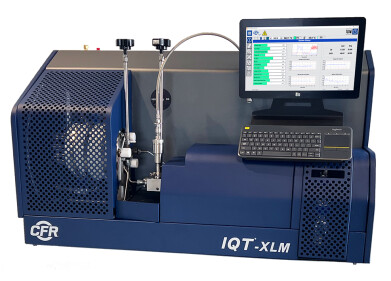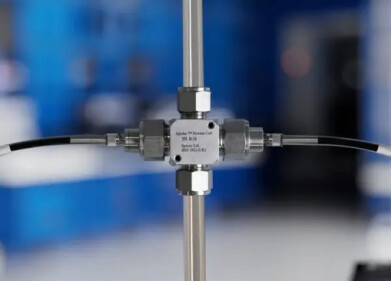Analytical Instrumentation
How Can the Petrol Engine Be Saved?
Jan 06 2017
With everyone from Elon Musk to Jeremy Corbyn advocating for a revolt against the fossil fuel industry, there’s no escaping the fact that petrol vehicles are on their way out. Though according to some experts, a blanket ban on petrol engines may not be necessary.
Fuelled by brilliant new technologies, the idea that petrol engines could hold their own against their electric motor successors is gaining momentum. So how can the seemingly obsolete internal combustion engine be saved?
Here’s a glimpse at two exciting new technologies that could completely revive the relevance of petrol engines:
Opposed-Piston Engine by Achates Power
Inspired by passion and purpose, San Diego based Achates Power is committed to radically improving internal combustion engines. Interestingly, the company’s revolutionary approach is underpinned by opposing piston technology, a concept that was abandoned in the 1940s. Today, most combustion engines are powered by cylinders featuring a single internal piston. In an inspired move, Achates Power engineers have vetoed single piston cylinders in favour of opposing dual piston engines.
The pistons oppose each other inside the cylinder, and collaboratively inject fuel and air. When the cocktail ignites both pistons are forced apart to generate power. The design is much simpler than its single piston counterpart, with Achates Power overcoming efficiency issues by installing two crankshafts. According to the company, this generates twice the power of a traditional engine, for the same amount of fuel. Plus, its simplified design is less expensive to make, and easier to repair.
Infiniti VC-T Engine by Nissan
In a bid to improve emissions and maximise power, Nissan has developed the next generation Infiniti VC-T Engine. The design actively varies an engine’s compression ratio, which alters the rate at which the piston can compress the fuel/air mixture. Most manufacturers opt for a compression ratio that balances economy and performance, however once set the rate can’t be changed. In comparison, Nissan’s Infiniti VC-T allows the engine to operate at compression ratios as low as 8:1, and as high as 14:1.
This puts an end to compromising on power and efficiency, and means that the engine intelligently adapts to driving conditions. When under high stress, the car’s computer can reduce the engine’s compression ratio, which eliminates the risk of premature ignition. When cruising at high speeds, the computer can increase compression ratio, which maximises fuel efficiency and minimises emissions. According to Nissan, a VC-T four-cylinder engine offers power equivalent to a V6, with a 27% higher fuel economy rate.
With engineers continually working to revolutionise the combustion engine, it may not be as archaic as people think.
Despite the ease of turning a key, engines are incredibly complex machines that require ongoing maintenance. Suitable for engines and other heavy machinery, lubricating greases play a fundamental role in maintaining peak performance. ‘New Test Method for Measuring the Oxidation Stability of Lubricating Greases – Rapid, Simple, Precise’ introduces RapidOxy, a fast, safe and user-friendly alternative to traditional stability test methods for determining the oxidation stability of lubricating greases.
Digital Edition
PIN 25.5 Oct/Nov 2024
November 2024
Analytical Instrumentation - Picturing Viscosity – How Can a Viscometer or a Rheometer Benefit You? - Sustainable Grease Formulations: Evaluating Key Performance Parameters and Testing Method...
View all digital editions
Events
Dec 03 2024 Dusseldorf, Germany
Dec 08 2024 Anaheim, CA, USA
Turkey & Black Sea Oil and Gas
Dec 11 2024 Istanbul, Turkey
Dec 19 2024 Aurangabad, India
Jan 20 2025 San Diego, CA, USA



















